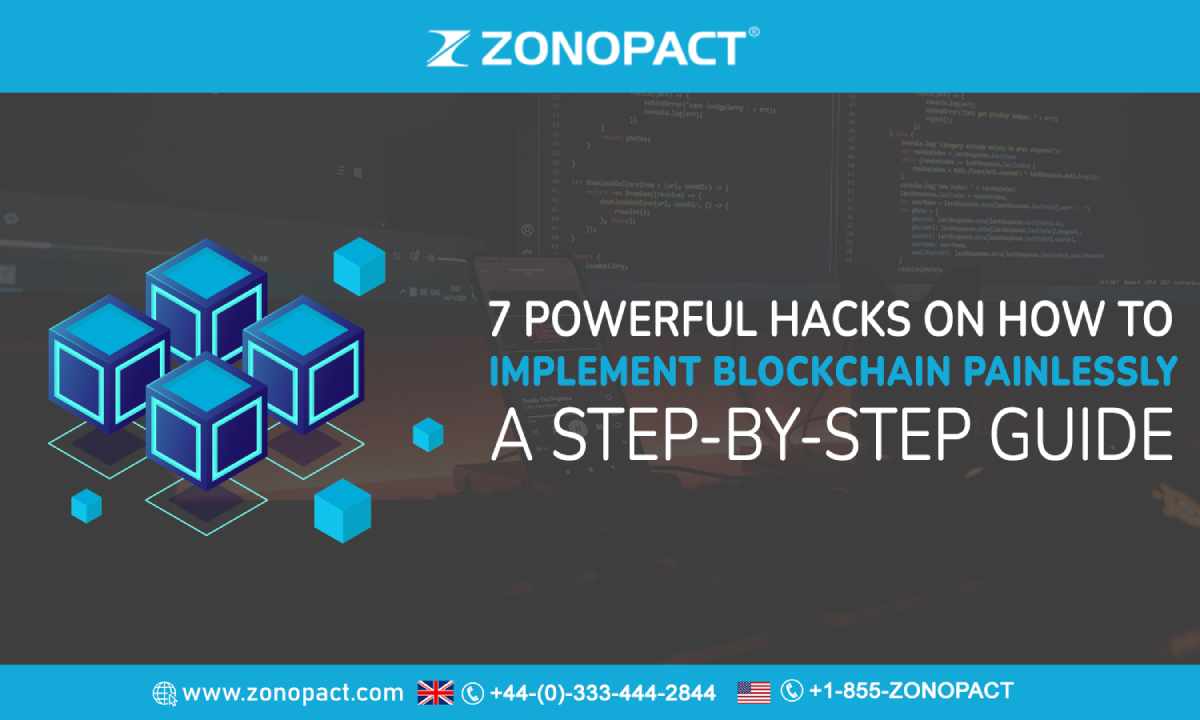
Blockchain technology has become increasingly popular in recent years as a way to securely transfer data and goods. Businesses all over the world are turning to blockchain to ensure the safety and reliability of their operations, but the process of implementing it can be daunting. Fortunately, there are a few powerful hacks that can make the transition to blockchain much easier. This step-by-step guide will provide tips and tricks on how to implement blockchain painlessly, so that businesses can reap the benefits of this revolutionary technology. From understanding the basics of blockchain to choosing the right platform, this guide is all you need to get started. So, let’s dive in and see how to make the most of blockchain technology.